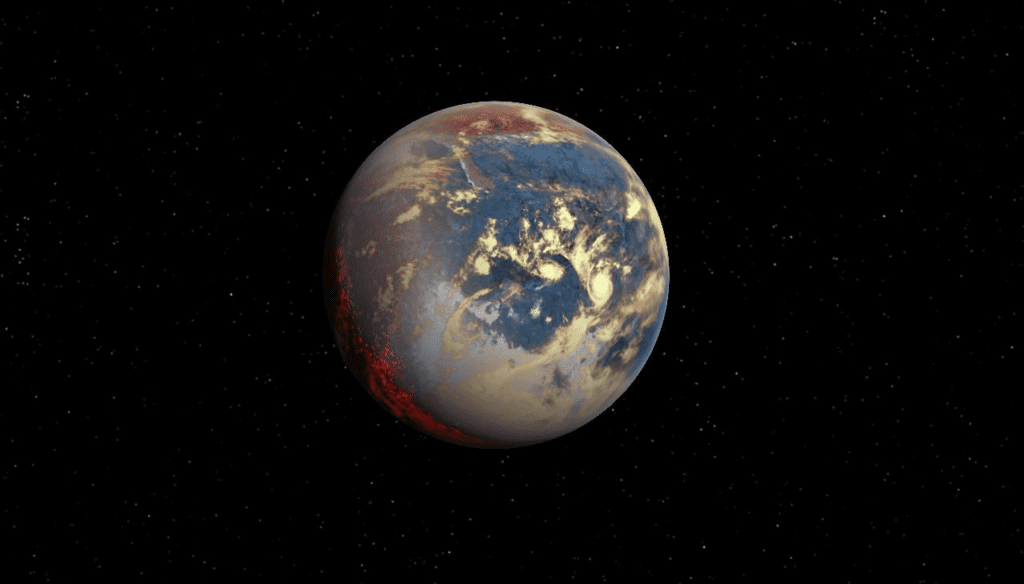If you’ve ever dreamt of trying your hand at hunting exoplanets, a new bit of code could make your wish come true.

Yesterday, we told you about the power of citizen science in biology — today, researchers are back to enlist us mere Muggles in the search for new worlds. It all started back in December, when a pair of NASA researchers reported the discovery of two, previously overlooked, alien planets after dredging through NASA’s archived data from the Kepler program. What made this discovery possible was software built around Google’s machine-learning systems, whose architecture and function mimics that of the human brain.
Motherboard astronomy
Get your hard drive limber and your internet connection fired up because that same computer program (AstroNet) was released for public use just a few days ago. You can access it, along with instructions detailing how to use it, on GitHub.
“We’re excited to release our code for processing the Kepler data, training our neural network model and making predictions about new candidate signals,” wrote lead author of that December discovery study and Google senior software engineer Chris Shallue in a blog post on March 8th.
“We hope this release will prove a useful starting point for developing similar models for other NASA missions, like [Kepler’s second mission] and the upcoming Transiting Exoplanet Survey Satellite mission,” he added.
Telescopes, Kepler included, detect alien worlds by spying on the tiny dips in brightness they cause when passing in front of their host stars — also referred to as the planets ‘transiting’ their host. Because the sky is littered with stars, software is used to automatically flag the most promising dimming events, which are then manually investigated by researchers looking for planets. Some flaggings turn out to be false positives, caused by events such as a body passing exactly in the right point of space to mimic the dimming of a transiting planet.
Given the sheer amount of stars researchers have to work with, that initial, automated sieving is vital to NASA. Our systems are only as fail-proof as we are (to be read: not very), so intriguing worlds can and do sometimes slip through undetected. Shaulle and his co-author, University of Texas astronomer Andrew Vanderburg, discovered one such planet using the machine-learning-sporting software. Their planet is the eighth in the Kepler-90 system, which lies — to the extent you can use that term in space — some 2,545 light-years away from Earth. The discovery was quite significant, as it’s only the second solar system known to harbor eight or more planets; the other one being our own.
Shaulle and Vanderburg only had to go through 670 stars to find the two new exoplanets — for context, Kepler looked at roughly 150,000 stars during its first (K1) mission, from 2009 to 2013. To that number, add thousands more it observed during the K2 phase, during which it took a more narrow approach to planet-hunting. The K2 phase started after a malfunction to the Kepler telescope’s reaction wheels, heavy wheels that maintain its orientation. Essentially, researchers can’t steer the craft properly any longer — so they’re taking advantage of the situation to just look at whatever it happens to be pointing at.
While Kepler might be limping, that juicy database of stars it’s already looked at is still available.
“It’s possible that some potentially habitable planets like Earth, which are relatively small and orbit around relatively dim stars, might be hiding just below the traditional detection threshold — there might be hidden gems still undiscovered in the Kepler data!” Shallue added in his post.
So if you’ve ever fancied discovering a planet, download AstroNet and grab a warm cup of tea while your PC does the heavy lifting. Who knows, maybe NASA will let you name something you discover. So let’s show them the power of citizen science.
Let’s make Planet McPlanetface a thing!
Was this helpful?



